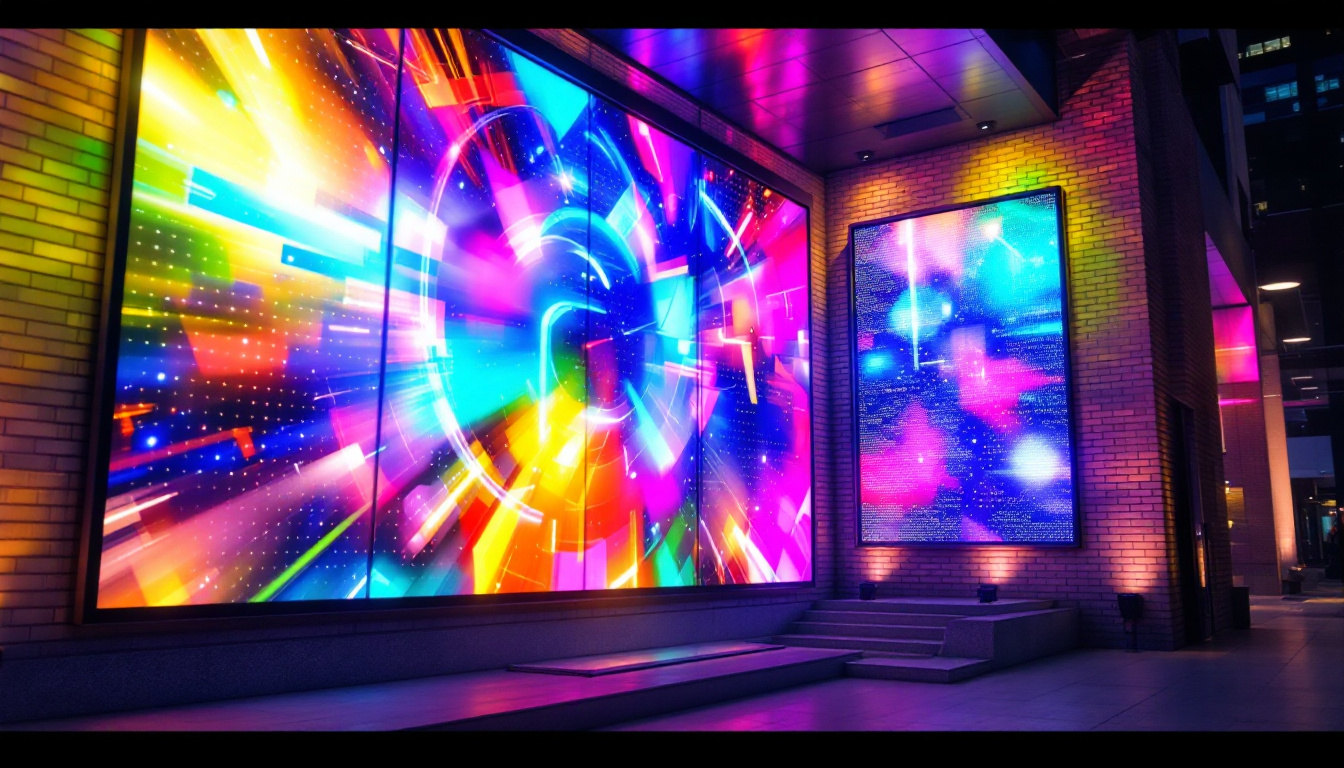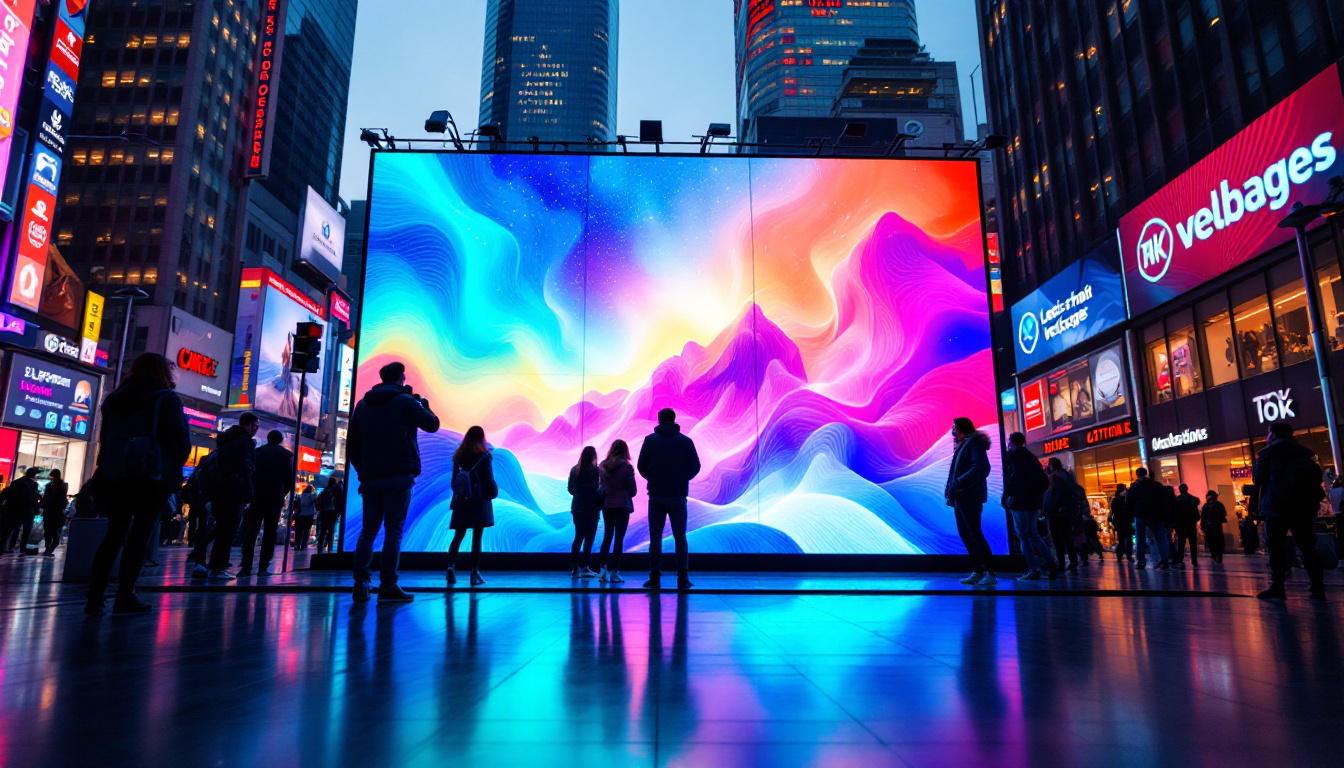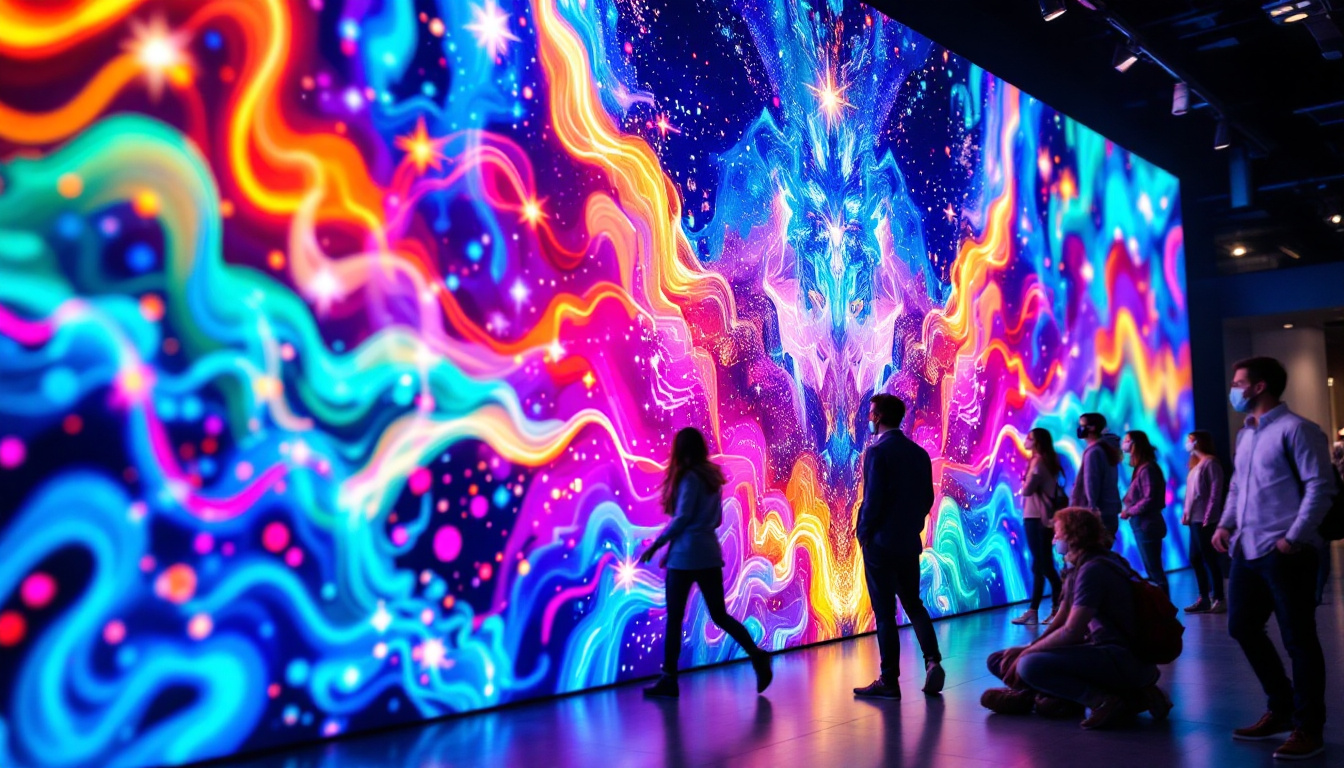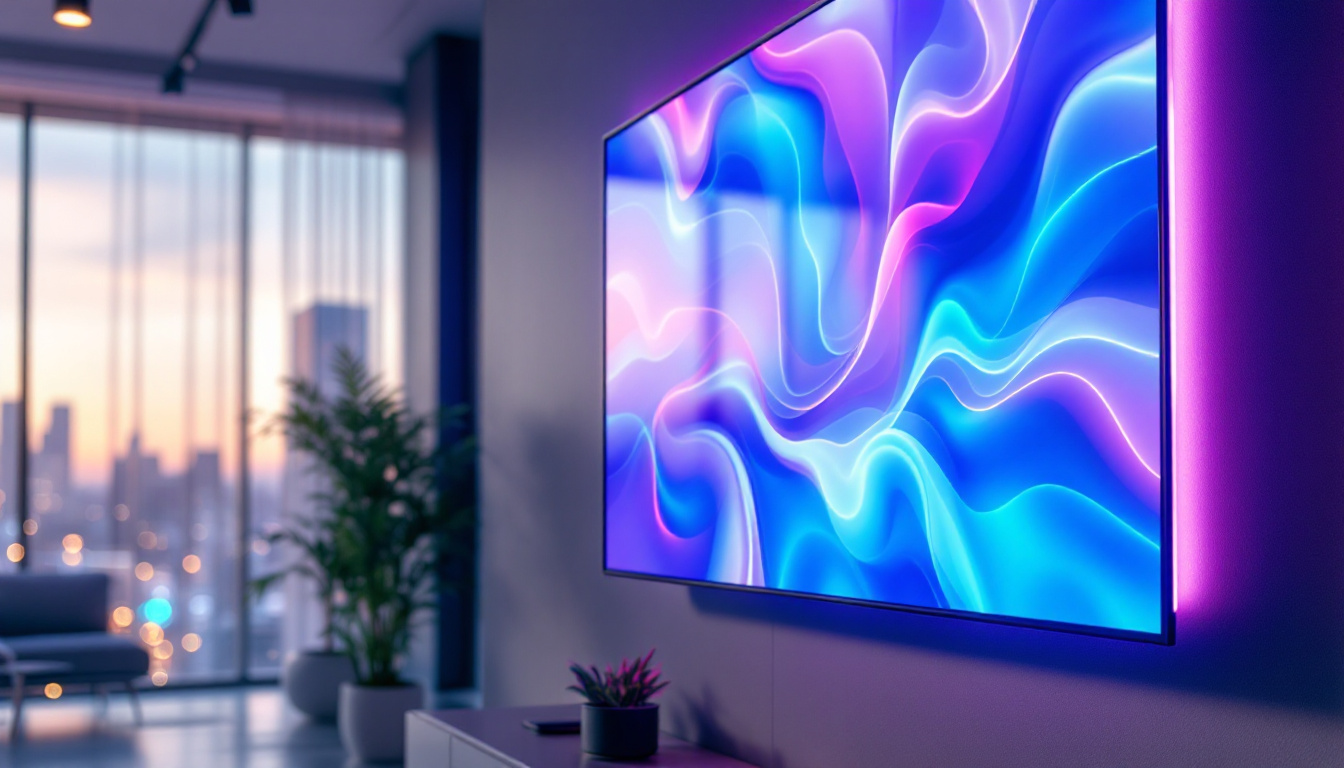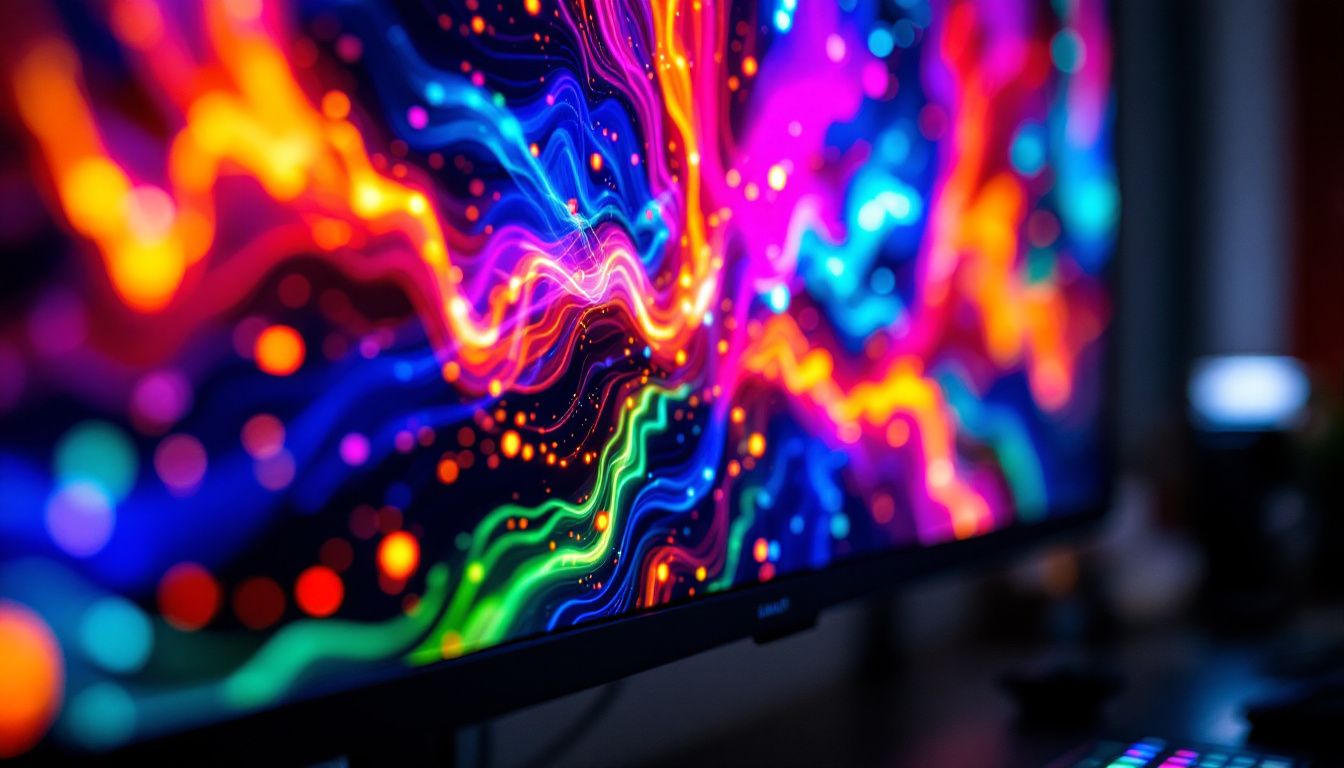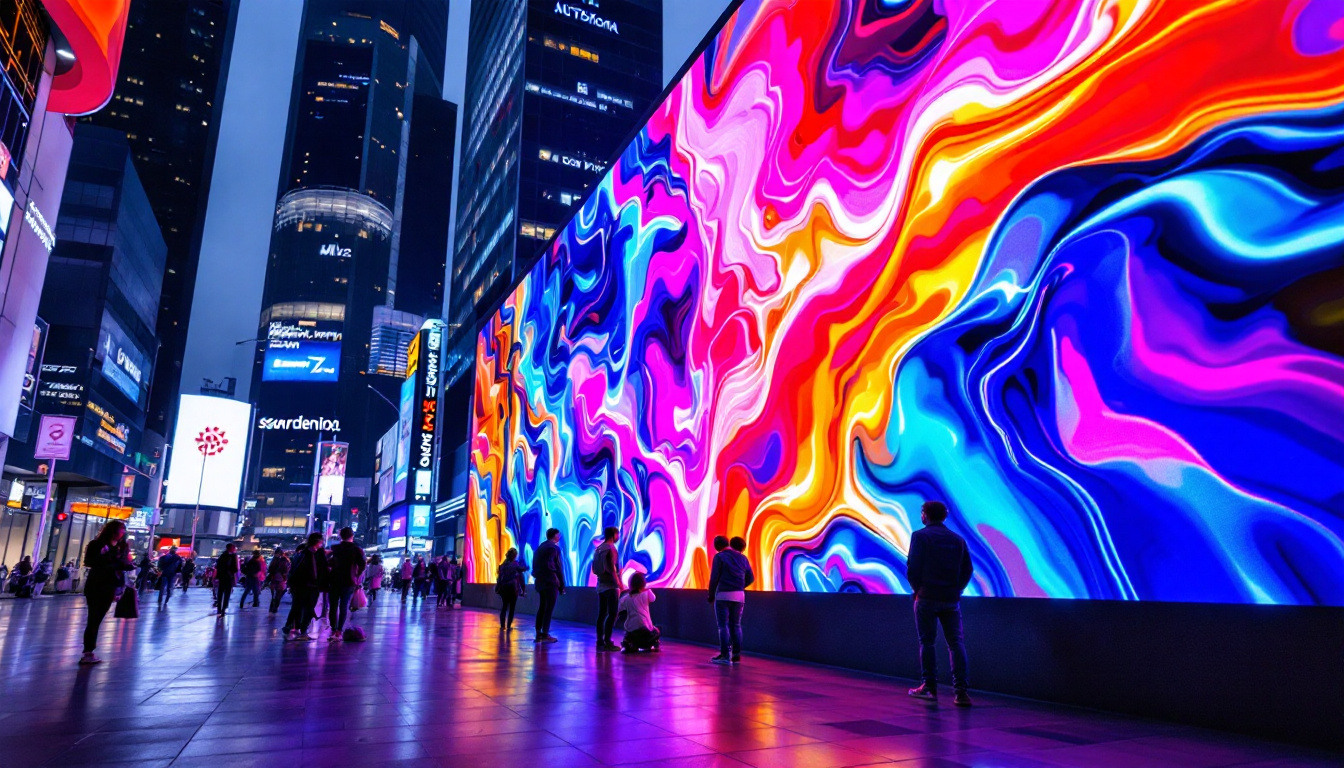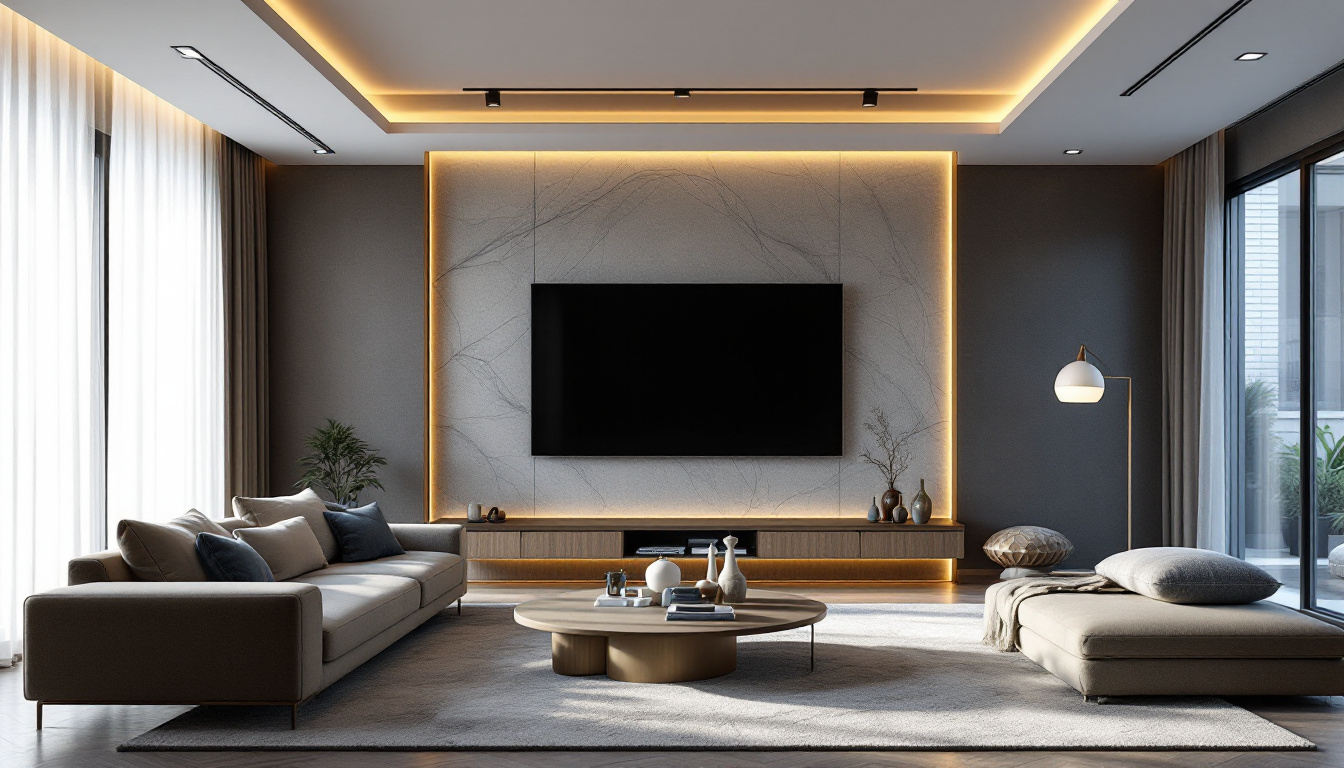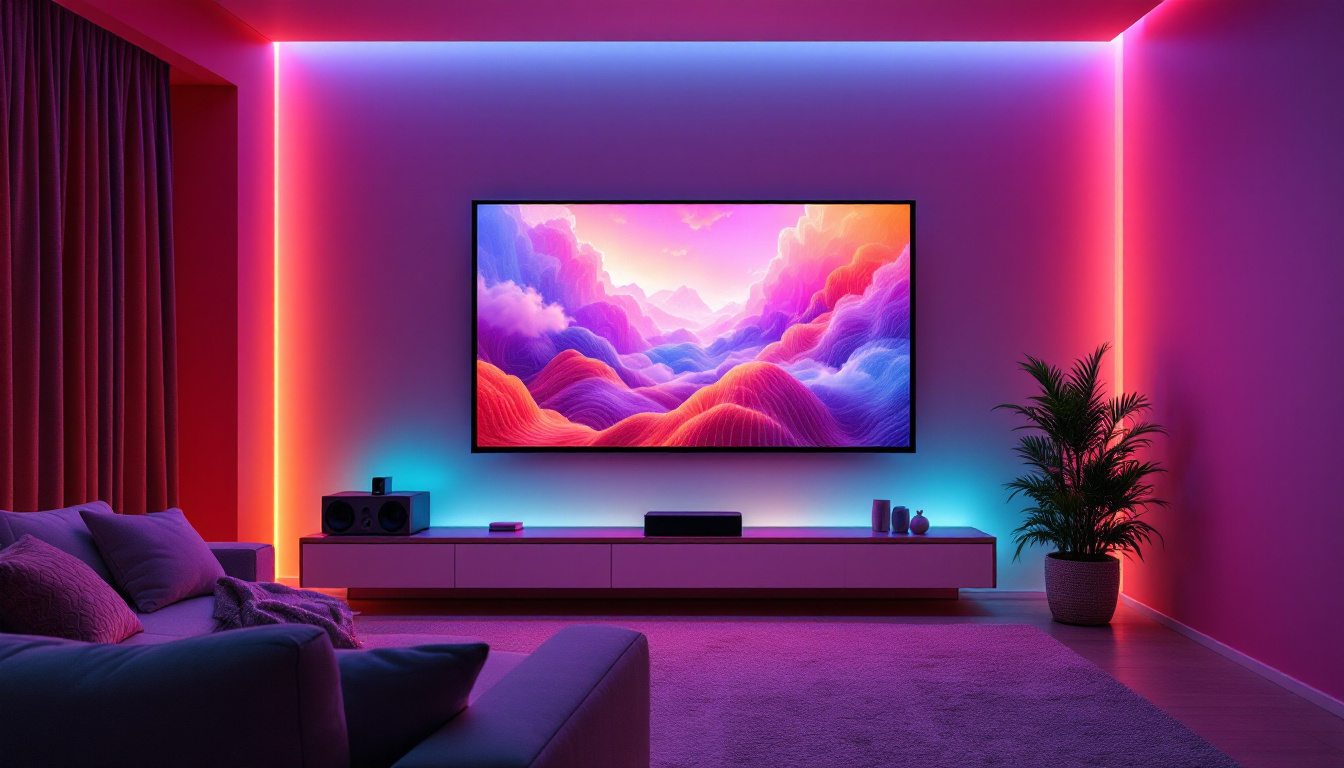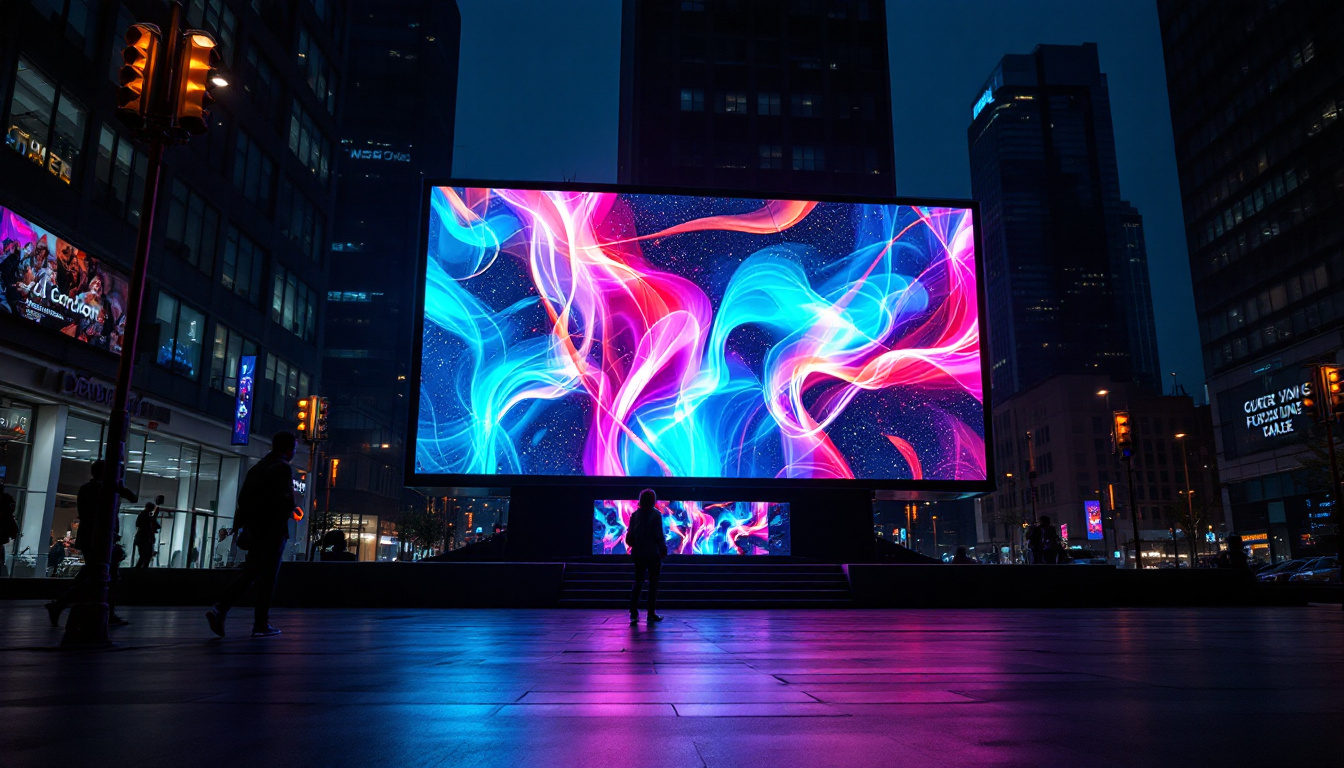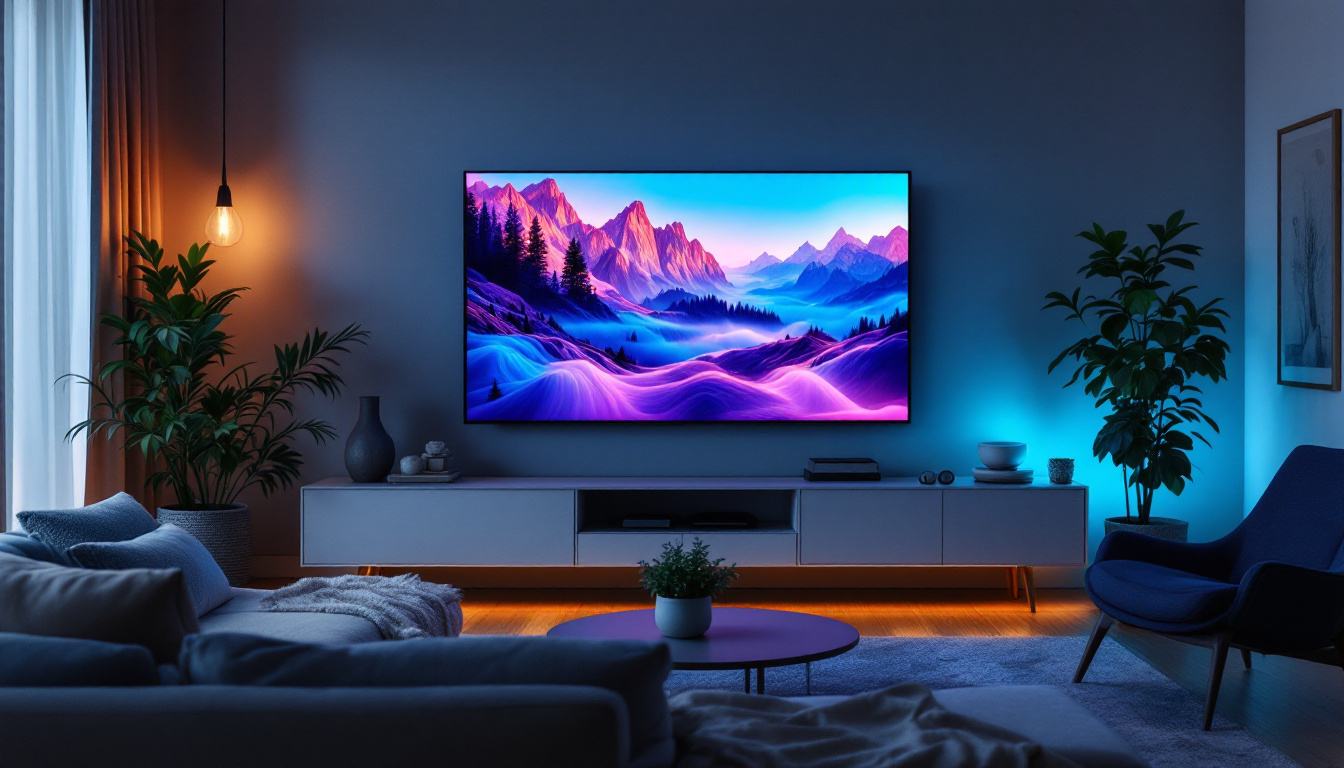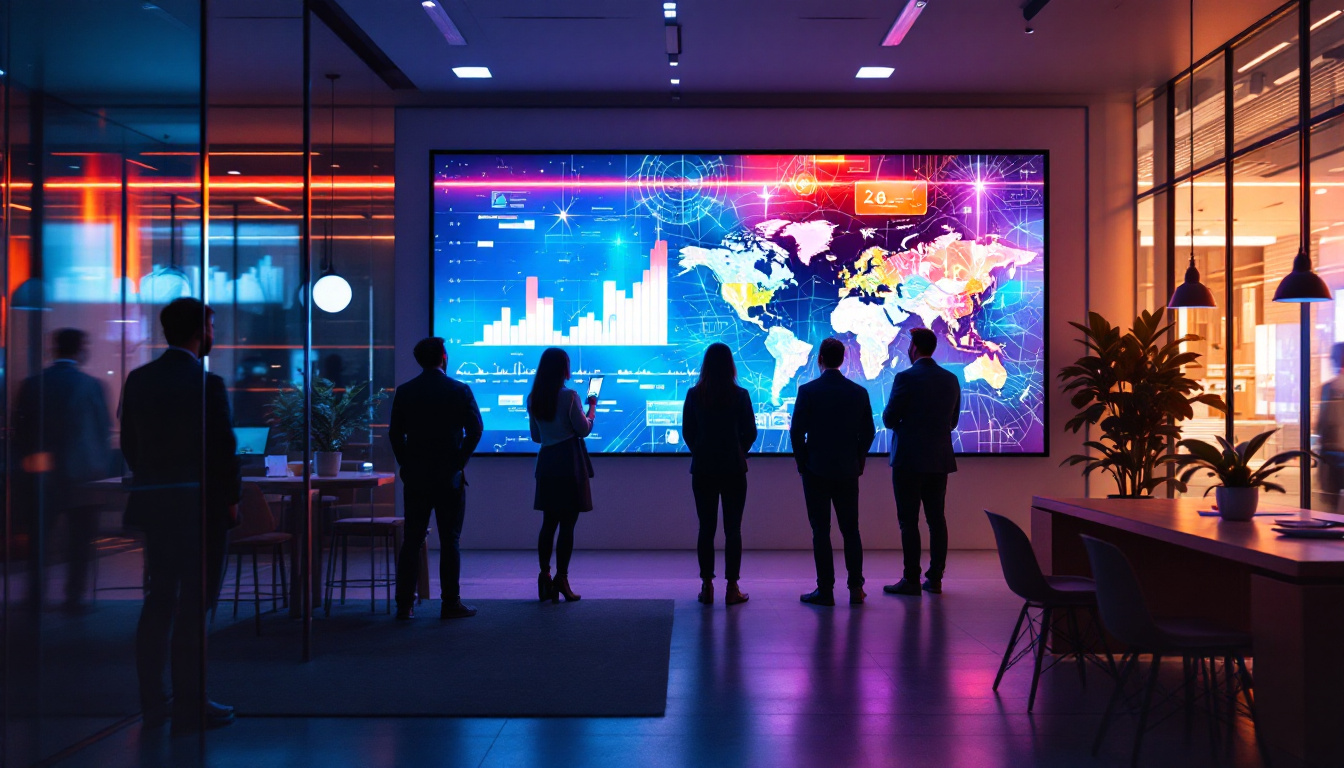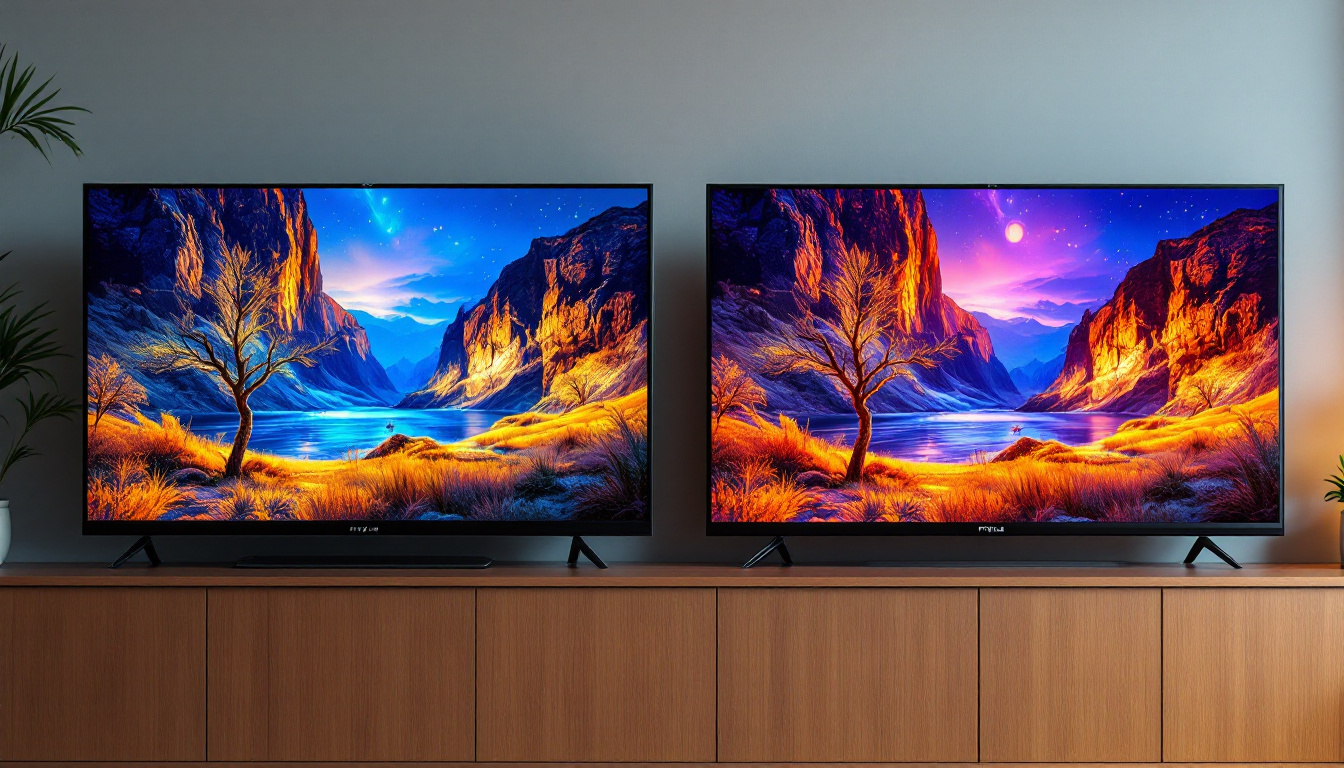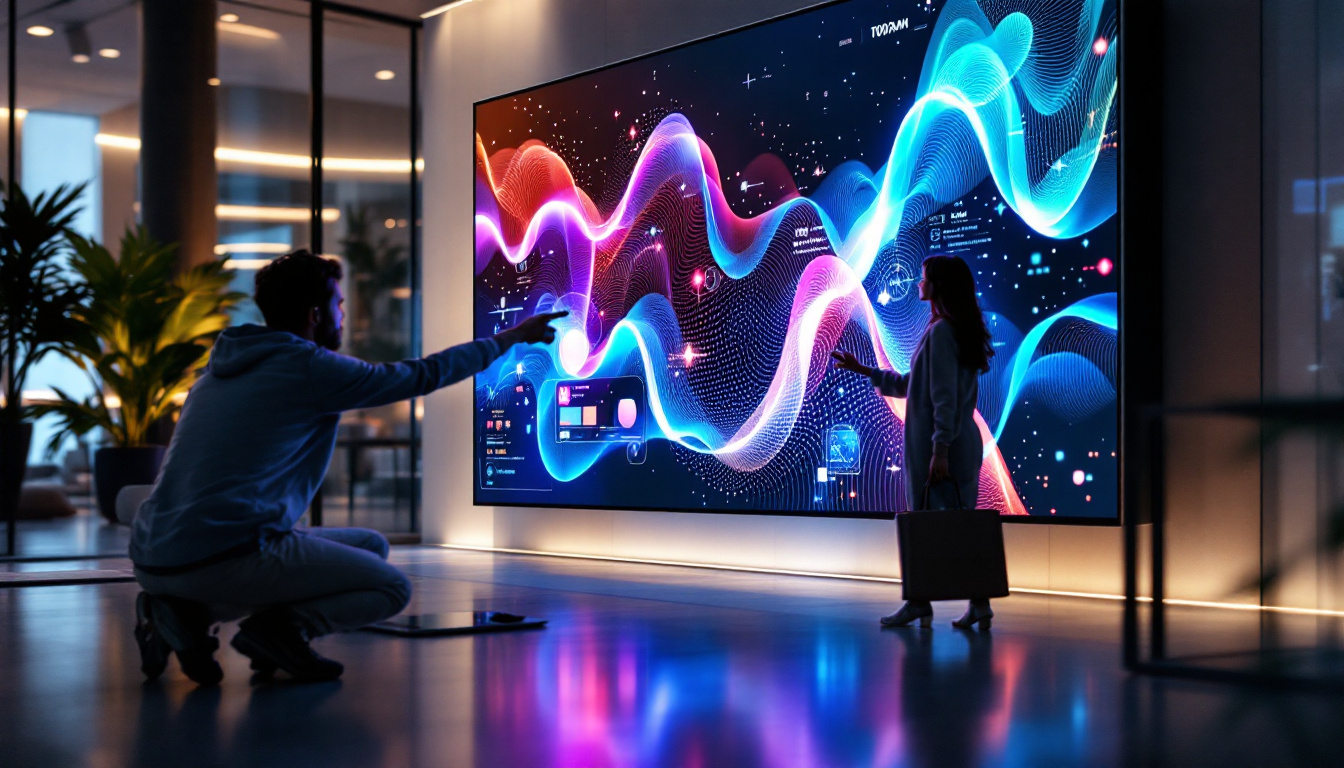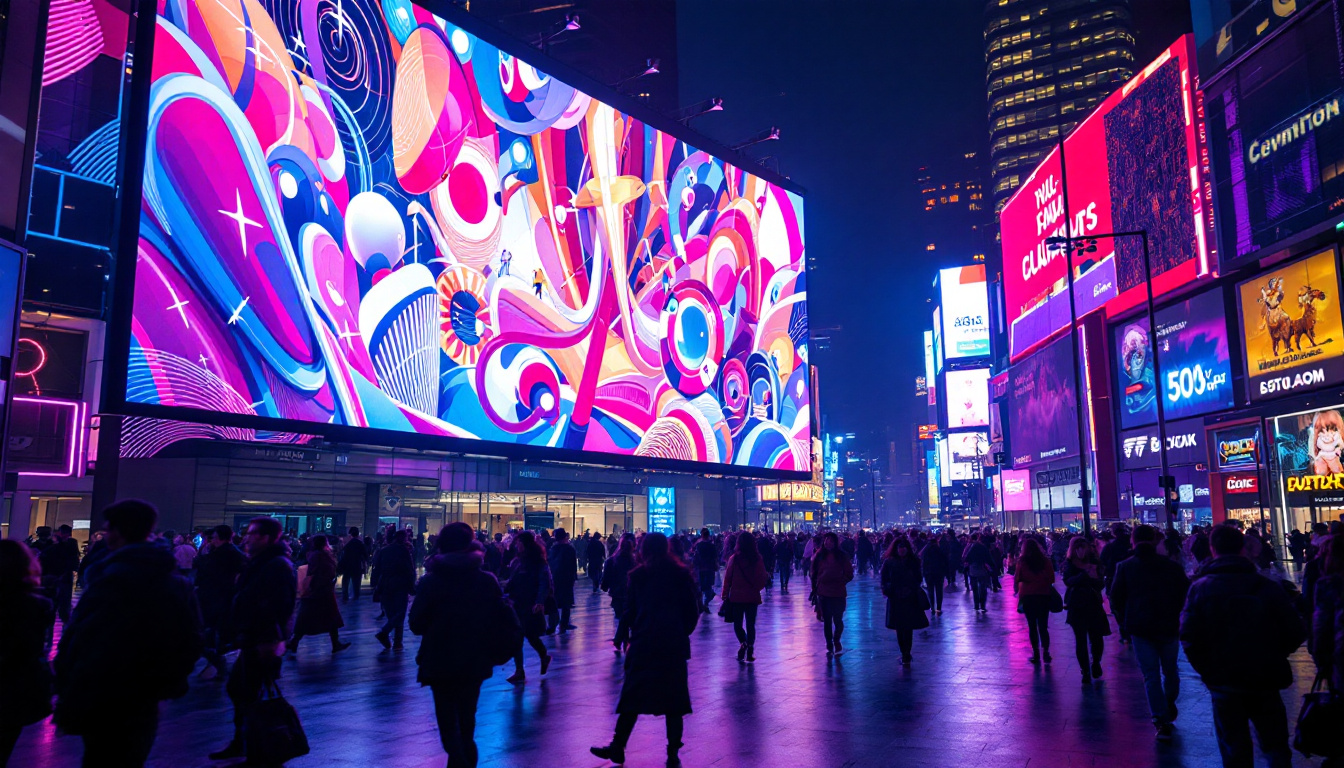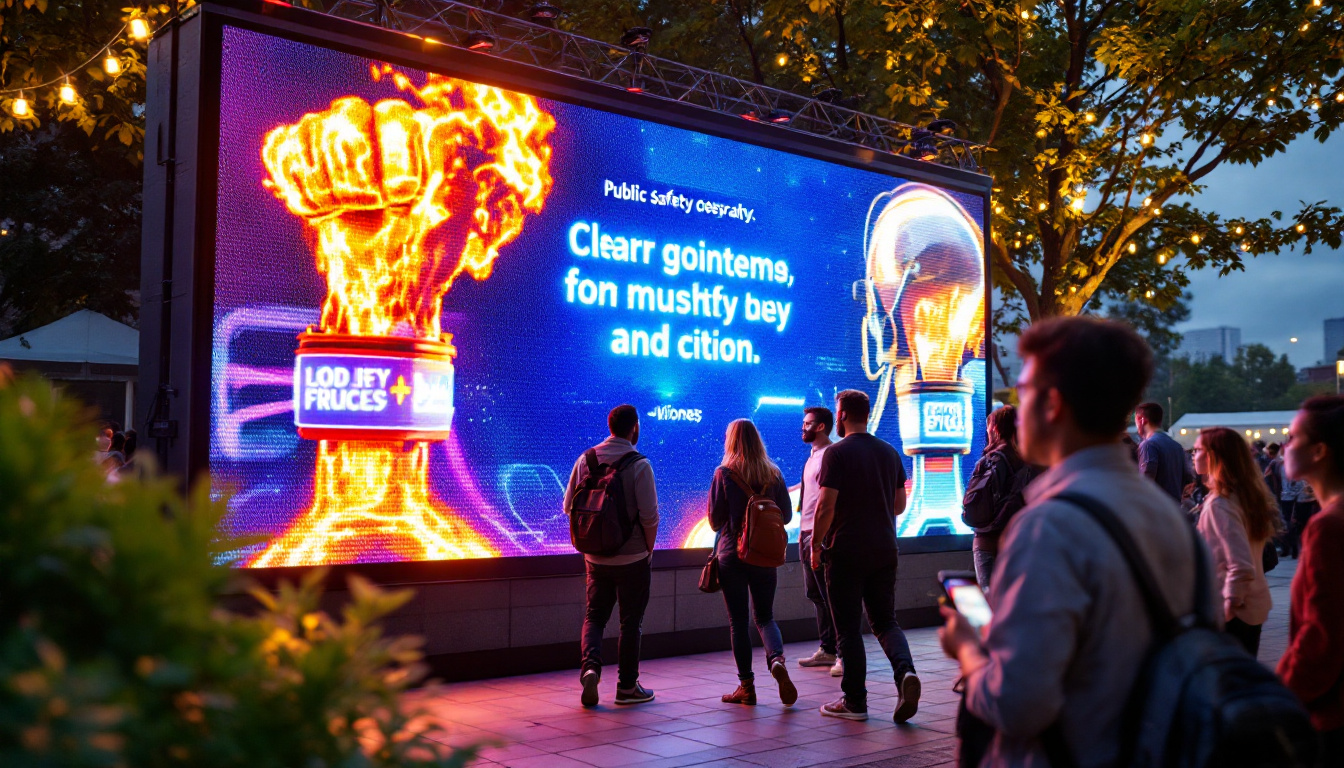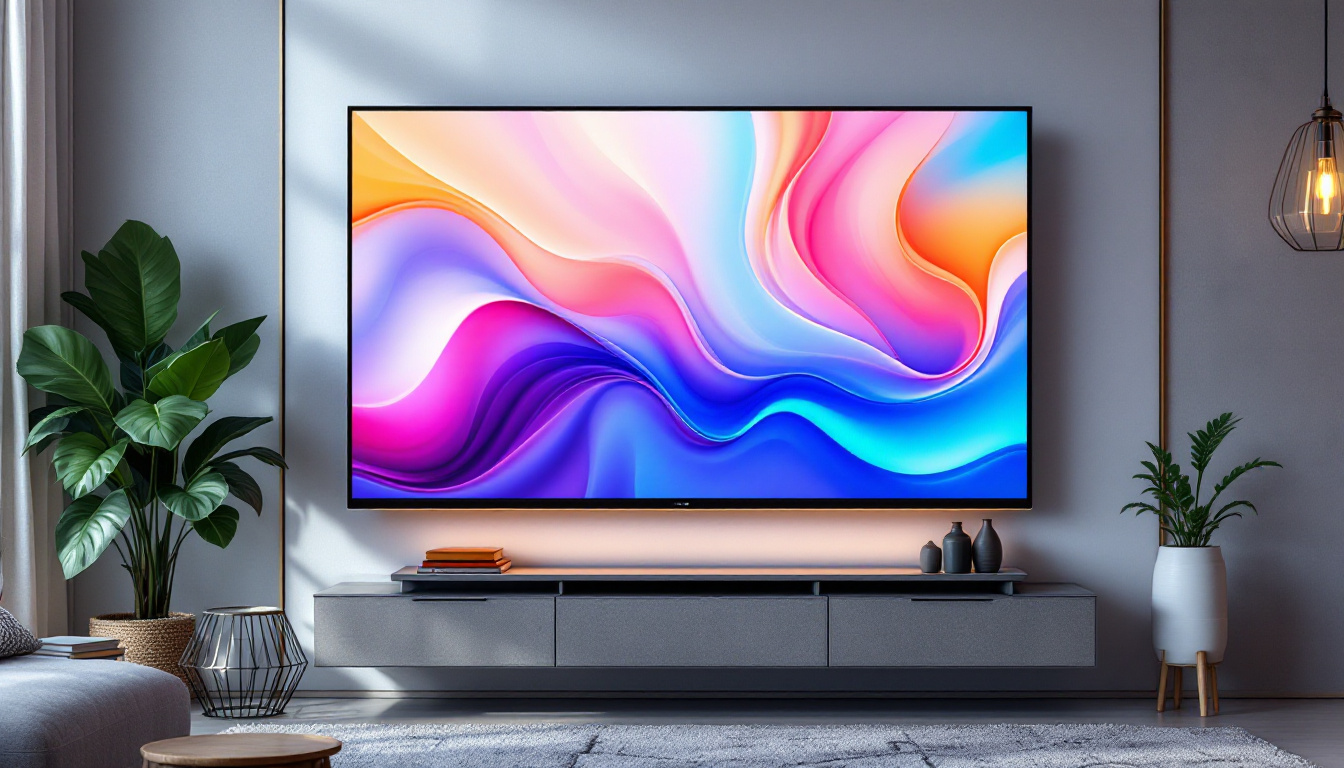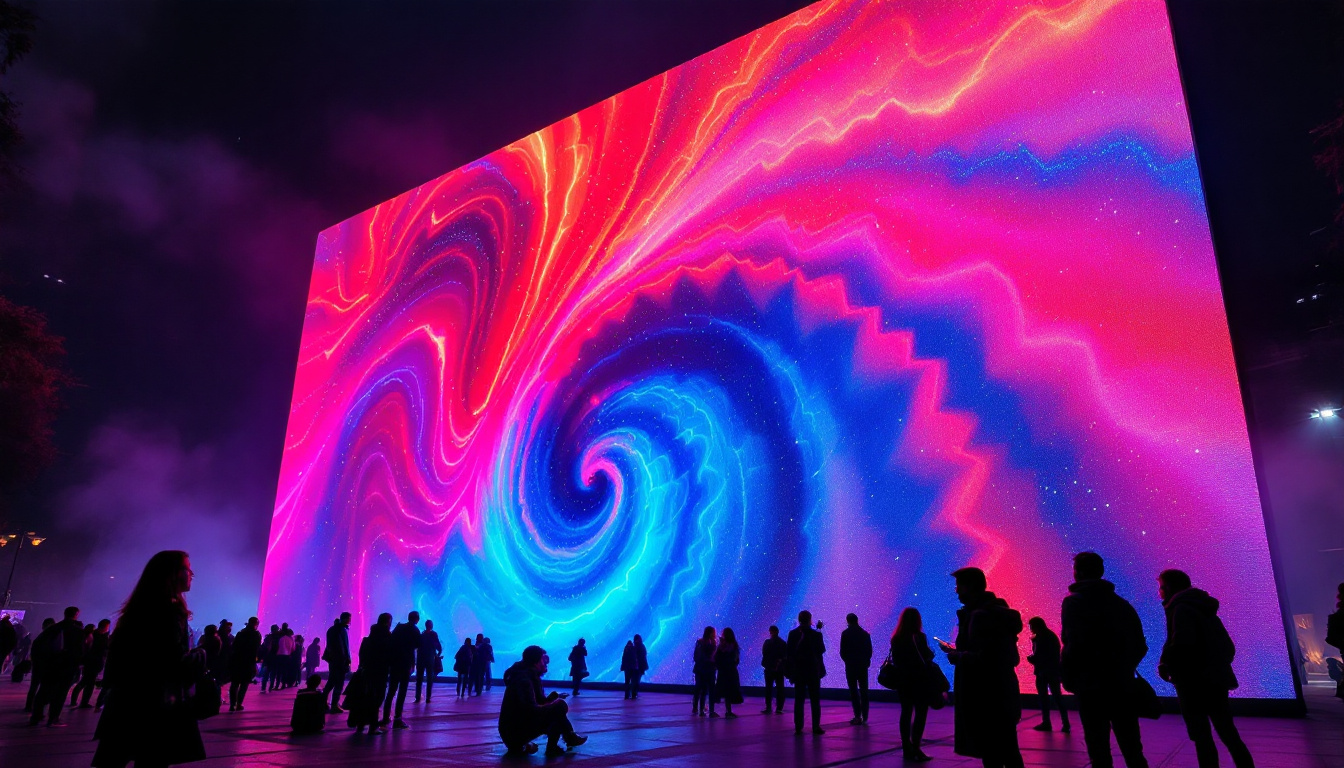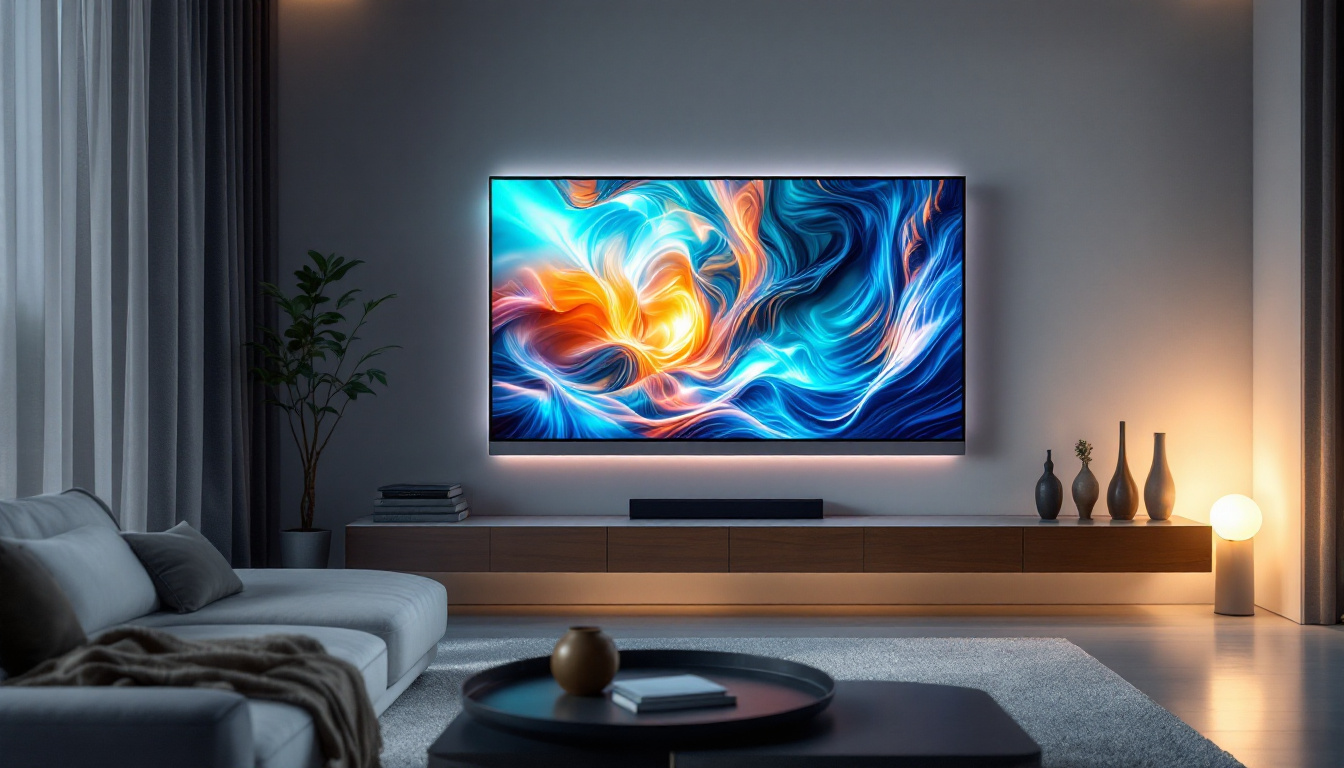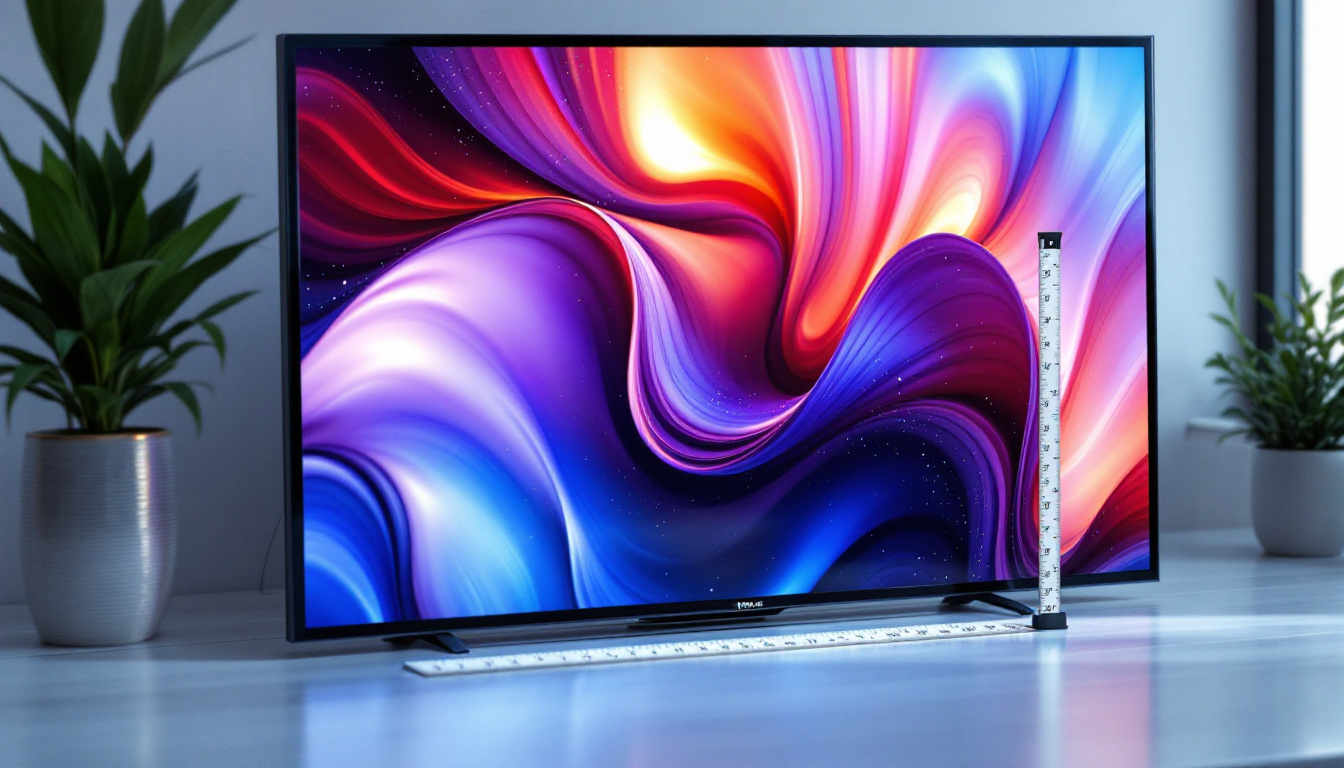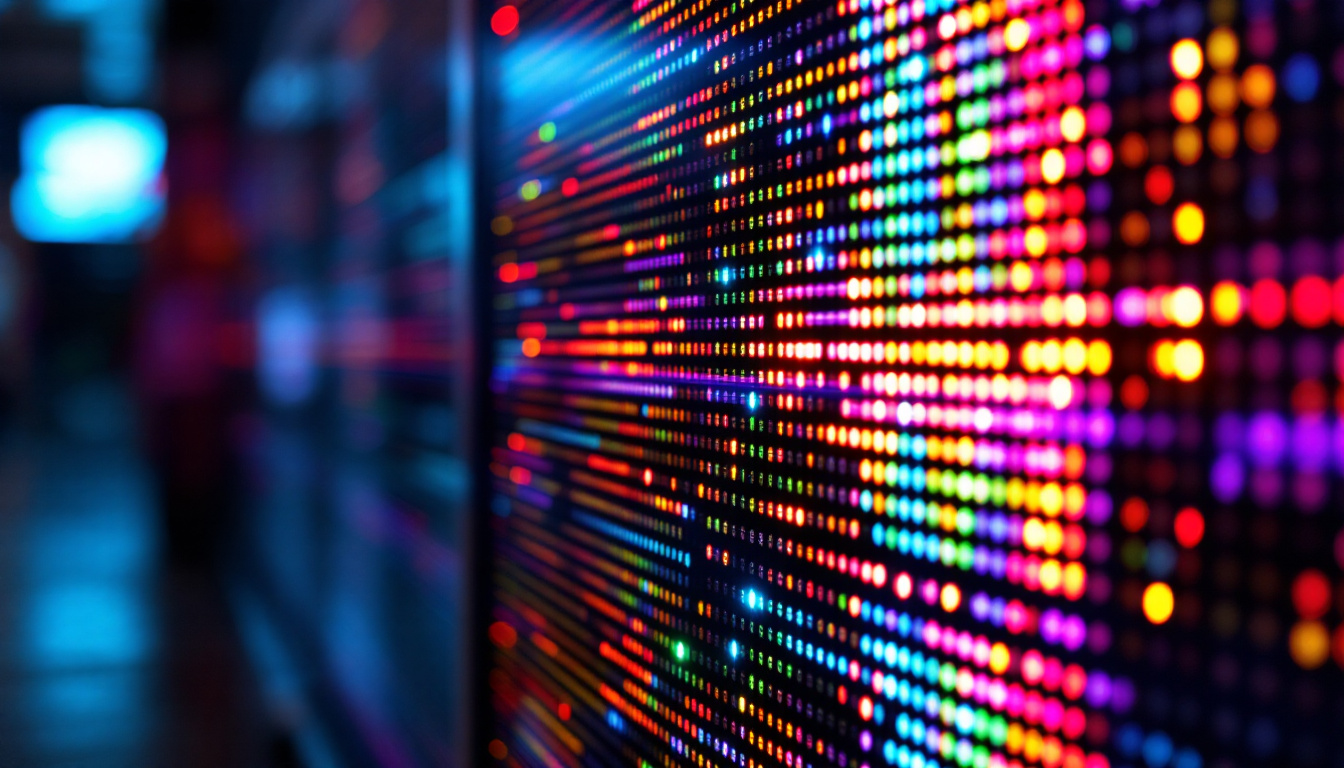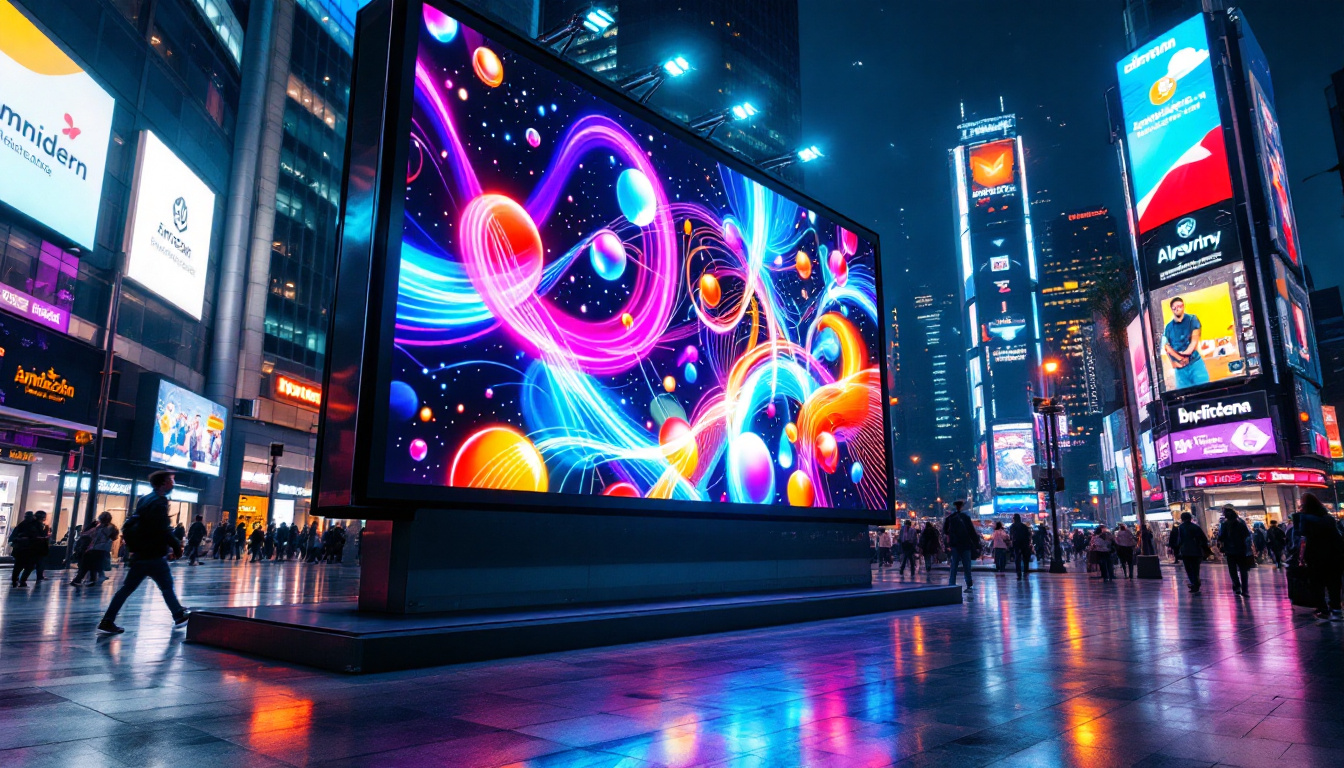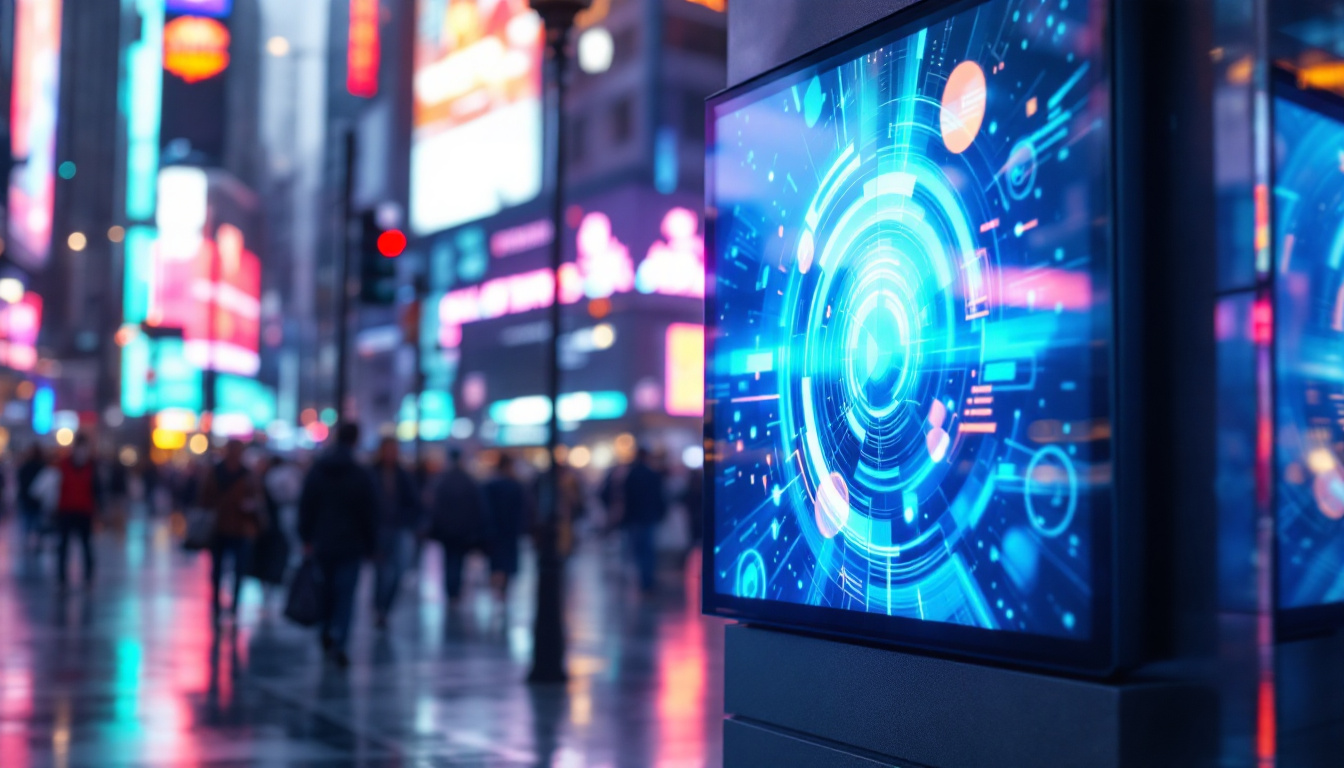In the modern world of advertising and communication, LED displays have emerged as a powerful tool for businesses and organizations. These vibrant screens are not just eye-catching; they also offer a range of functionality that traditional displays cannot match. This article delves into the intricacies of LED displays, exploring their technology, applications, and the companies that specialize in their production and installation.
Understanding LED Technology
Light Emitting Diodes (LEDs) are semiconductor devices that emit light when an electric current passes through them. This technology has revolutionized the way visual information is presented, particularly in large-scale displays. Unlike conventional bulbs, LEDs are energy-efficient, have a longer lifespan, and can produce a wide spectrum of colors. Their compact size and durability have made them a preferred choice in various applications, from home lighting to large-scale advertising, enhancing both aesthetic appeal and functionality.
How LED Displays Work
LED displays are composed of numerous tiny LEDs arranged in a grid. Each LED can be individually controlled, allowing for the creation of dynamic images and videos. The basic structure includes a matrix of red, green, and blue (RGB) LEDs, which combine to produce various colors. By adjusting the intensity of each color, a full-color image can be displayed. This capability enables the creation of stunning visuals that can capture attention and convey messages effectively.
The technology behind LED displays also includes advanced control systems that manage the content shown on the screen. These systems can be programmed to display anything from static images to complex animations, making them versatile for various applications. Furthermore, modern LED displays often incorporate features such as touch sensitivity and interactive capabilities, allowing users to engage with the content in real-time, which is particularly beneficial for marketing and educational purposes.
Types of LED Displays
There are several types of LED displays, each designed for specific applications. The most common types include:
- Indoor LED Displays: These are typically used in venues like shopping malls, conference centers, and theaters. They are designed for close viewing and often have higher pixel density for better image quality. The vibrant colors and sharp images produced by indoor displays create an immersive experience for audiences, enhancing events and presentations.
- Outdoor LED Displays: Built to withstand the elements, outdoor displays are larger and brighter to ensure visibility in sunlight. They are commonly used for billboards and public announcements. These displays often feature protective coatings and advanced heat dissipation systems to maintain performance in varying weather conditions, making them reliable for long-term outdoor use.
- Transparent LED Displays: These innovative displays allow light to pass through, making them ideal for storefronts and exhibitions where visibility is essential. By blending digital content with the surrounding environment, transparent displays create a unique viewing experience that can attract customers while still showcasing the products behind them.
Additionally, there are specialized LED displays such as flexible LED screens, which can be bent and shaped to fit unconventional spaces, and high-definition LED displays that offer superior resolution for applications requiring detailed imagery. The versatility of LED technology continues to inspire new designs and applications, pushing the boundaries of how we interact with visual media in our daily lives.
Applications of LED Displays
The versatility of LED displays allows them to be used in a variety of settings. From advertising to entertainment, their applications are vast and varied.
Advertising and Marketing
One of the primary uses of LED displays is in advertising. Businesses leverage these vibrant screens to capture the attention of potential customers. Whether it’s a massive billboard on a busy highway or a smaller display in a retail store, LED technology allows for dynamic content that can be updated in real-time.
Moreover, LED displays can be programmed to showcase promotions, events, and special offers, making them an effective tool for driving sales and increasing brand visibility.
Events and Entertainment
In the entertainment industry, LED displays play a crucial role in enhancing the audience experience. Concerts, festivals, and sporting events often feature large LED screens that display live feeds, graphics, and animations. These displays help to create an immersive environment, keeping the audience engaged and entertained.
Additionally, LED technology is used in theatrical productions and exhibitions, where it can be employed to create stunning visual backdrops that complement the performance.
Public Information and Safety
LED displays are also widely used for public information dissemination. Municipalities utilize them for traffic management, emergency alerts, and public service announcements. For instance, digital signage at airports and train stations provides real-time updates on arrivals and departures, enhancing the travel experience.
Furthermore, LED displays can be found in schools and universities, where they serve as informative tools for students and staff, displaying schedules, events, and important notices.
The Benefits of LED Displays
LED displays offer numerous advantages over traditional display technologies, making them a preferred choice for many applications.
Energy Efficiency
One of the most significant benefits of LED technology is its energy efficiency. LED displays consume significantly less power compared to traditional incandescent or fluorescent displays. This not only reduces operational costs but also minimizes the environmental impact, making them a sustainable choice for businesses.
Longevity and Durability
LED displays are known for their longevity. With a lifespan of up to 100,000 hours, they outlast many other display technologies. Additionally, they are built to withstand harsh conditions, making them suitable for both indoor and outdoor use. This durability ensures that businesses can rely on their investment for years to come.
High-Quality Visuals
The clarity and brightness of LED displays are unmatched. They provide high-resolution images with vibrant colors, making them ideal for capturing attention. The ability to adjust brightness levels also ensures visibility in various lighting conditions, from bright sunlight to dimly lit environments.
Challenges in LED Display Technology
Despite their many advantages, LED displays are not without challenges. Understanding these challenges is crucial for businesses considering their implementation.
Initial Investment Costs
While LED displays offer long-term savings, the initial investment can be significant. Businesses must weigh the upfront costs against the potential benefits. However, as technology advances and production costs decrease, more affordable options are becoming available.
Technical Expertise Required
Operating and maintaining LED displays requires a certain level of technical expertise. Businesses may need to invest in training or hire skilled personnel to ensure that the displays function optimally. This requirement can be a barrier for smaller organizations.
Content Management
Creating engaging content for LED displays is essential for maximizing their effectiveness. Businesses must invest time and resources into content creation and management to ensure that the displays are used to their full potential. This can be a daunting task, especially for those unfamiliar with digital marketing.
Leading Wall Companies in LED Display Solutions
The market for LED displays has grown significantly, leading to the emergence of numerous companies specializing in this technology. Some of the leading wall companies have established themselves as industry leaders through innovation and quality.
Company Profiles
While many companies contribute to the LED display market, a few stand out due to their pioneering technologies and extensive portfolios. Here are some notable companies:
- Samsung: Renowned for its cutting-edge technology, Samsung offers a range of LED display solutions, from small indoor screens to large outdoor billboards. Their commitment to quality and innovation has made them a trusted name in the industry.
- LG: LG is another significant player in the LED display market, providing high-resolution displays that cater to various sectors, including retail, entertainment, and corporate environments. Their focus on energy efficiency and sustainability is commendable.
- NEC: NEC specializes in large-format displays and digital signage solutions. Their products are known for their reliability and performance, making them a popular choice for businesses looking to invest in LED technology.
Emerging Players
In addition to established companies, several emerging players are making waves in the LED display industry. These companies often bring fresh ideas and innovative solutions to the market, catering to niche segments and specific needs.
Startups and smaller firms are increasingly focusing on customization, offering tailored solutions that meet the unique requirements of businesses. This trend is fostering competition and driving technological advancements within the industry.
The Future of LED Displays
As technology continues to evolve, the future of LED displays looks promising. Innovations in design, functionality, and efficiency are on the horizon, paving the way for even more advanced applications.
Integration with Smart Technology
The integration of LED displays with smart technology is one of the most exciting developments. Smart LED displays can connect to the internet, allowing for real-time content updates and remote management. This connectivity enhances the user experience and opens up new possibilities for interactive advertising.
Advancements in Display Quality
Future advancements are expected to focus on improving display quality further. Innovations in pixel density and color reproduction will enhance the visual experience, making LED displays even more appealing for advertising and entertainment purposes.
Sustainability Initiatives
With growing concerns about environmental impact, the LED display industry is likely to see a shift towards more sustainable practices. Companies are exploring eco-friendly materials and energy-efficient technologies to reduce their carbon footprint. This trend aligns with the global push for sustainability and responsible consumption.
Conclusion
LED displays have transformed the landscape of advertising, entertainment, and information dissemination. Their vibrant visuals, energy efficiency, and versatility make them an invaluable tool for businesses across various sectors. While challenges exist, the benefits far outweigh the drawbacks, making LED technology a worthy investment for the future.
As the industry continues to evolve, staying informed about the latest trends and innovations will be crucial for businesses looking to leverage LED displays effectively. With the right approach and understanding, organizations can harness the full potential of this dynamic technology to enhance their visibility and engagement in an increasingly competitive market.
Discover LumenMatrix’s Innovative LED Display Solutions
Ready to elevate your visual communication strategy with the latest in LED display technology? Look no further than LumenMatrix, a pioneer in creating LED display modules that bring your brand to life. From the immersive Indoor LED Wall Display to the dynamic Outdoor LED Wall Display, and from the mobile versatility of Vehicle LED Displays to the interactive Floor LED Displays, LumenMatrix offers a comprehensive range of solutions tailored to your needs. Embrace the future of advertising and engagement with our Custom LED Displays and All-in-One LED Display solutions. Experience the difference with our LED Transparent Displays that blend seamlessly into any environment. Visit LumenMatrix LED Display Solutions today and start crafting unforgettable visual experiences that captivate your audience and amplify your message.


